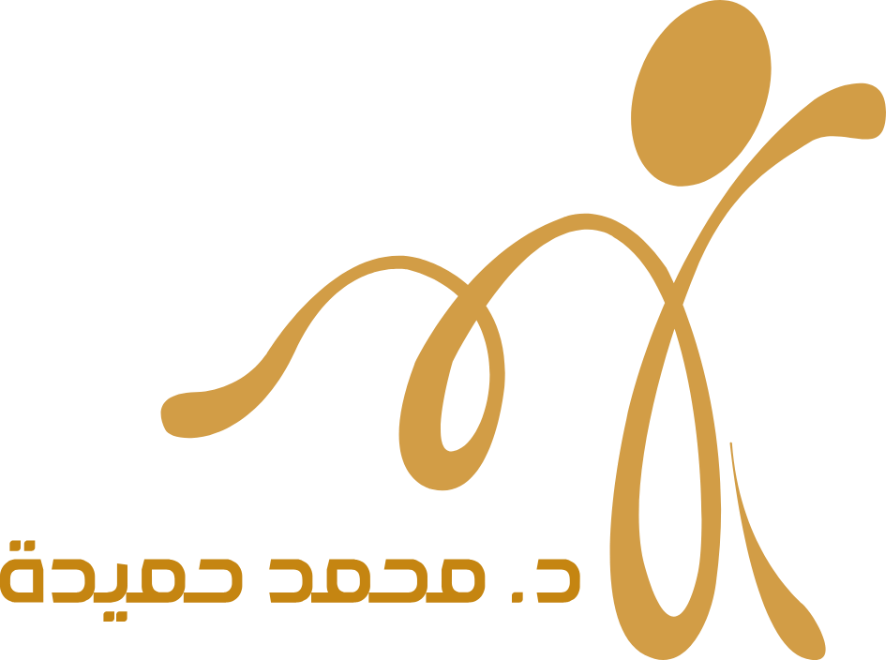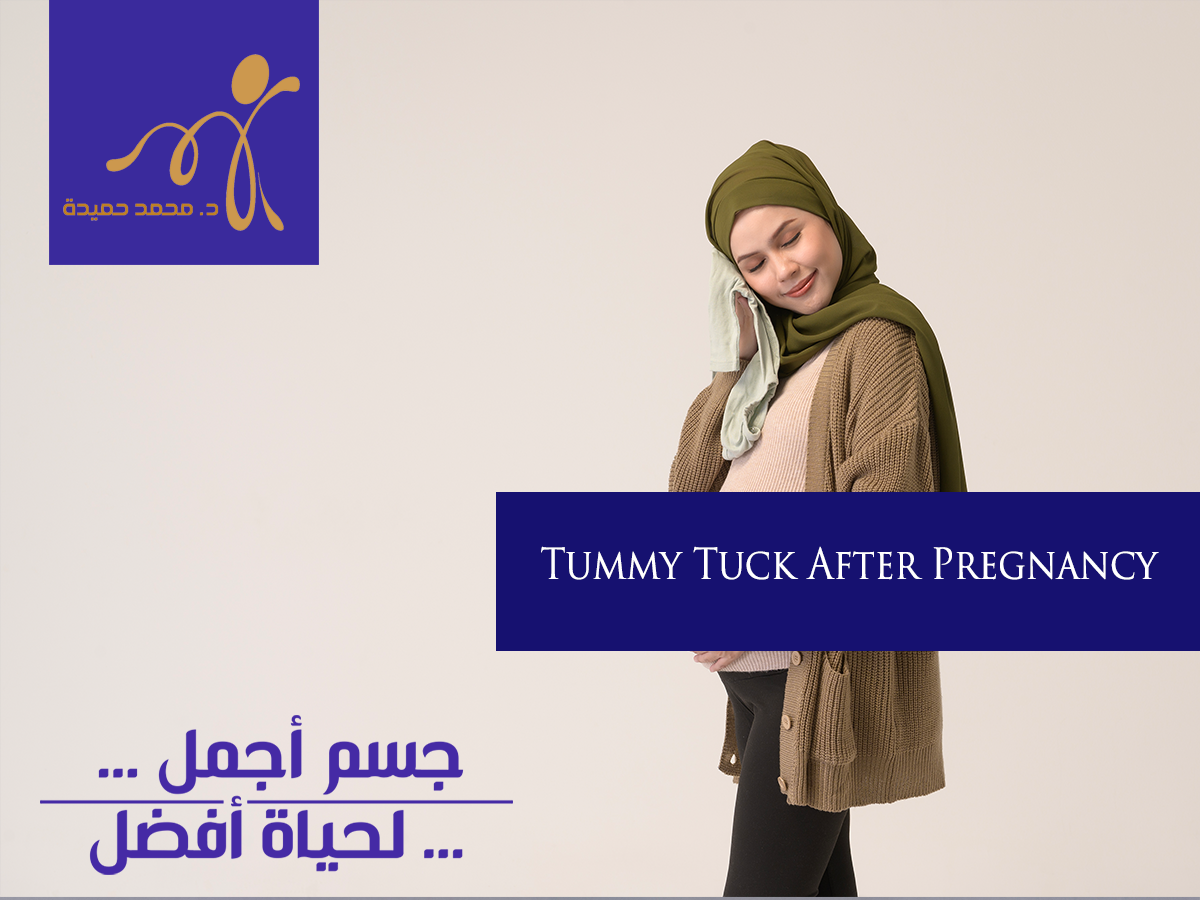Introduction
Pregnancy is one of the most powerful and life-affirming experiences a woman can have. Yet, it often comes with profound changes to the body—especially the abdominal area. After childbirth, many women find themselves struggling with loose skin, separated abdominal muscles (diastasis recti), and stubborn fat deposits that don’t respond to diet or exercise. While some changes are temporary, others may be permanent without surgical intervention.
Enter the tummy tuck—or abdominoplasty—a transformative cosmetic surgery designed to restore a flat, firm abdomen after pregnancy. It not only removes excess skin and fat but also repairs weakened or separated muscles, resulting in a stronger core and more confident self-image.
In this guide, we’ll explore when a tummy tuck after pregnancy is appropriate, who it benefits most, and why choosing the best cosmetic surgeon in Egypt, like Dr. Mohamed Hemida, ensures natural, safe, and long-lasting results.
💡 What Is a Tummy Tuck?
A tummy tuck (abdominoplasty) is a surgical procedure that removes excess skin and fat from the abdomen while tightening the abdominal wall muscles. It’s often recommended after:
- Pregnancy
- Major weight loss
- Abdominal surgeries (e.g., C-section)
There are different types of tummy tucks:
- Full Tummy Tuck: Removes skin/fat above and below the belly button; muscles are tightened throughout.
- Mini Tummy Tuck: Targets lower belly only; shorter incision; ideal for mild sagging.
- Extended Tummy Tuck: Includes flanks/love handles; best for significant excess skin.
✅ Signs You May Need a Tummy Tuck After Pregnancy
- Loose, sagging skin around the abdomen
- Bulging belly due to muscle separation
- Stretch marks on the lower belly
- Fat deposits that resist diet and exercise
- A feeling of instability or weakness in your core
- A desire to restore pre-pregnancy confidence
👩⚕️ Ideal Candidates for the Procedure
You’re likely a good candidate for a tummy tuck if you:
- Have finished childbearing (no future pregnancies planned)
- Are at a stable, healthy weight
- Don’t smoke (or are willing to stop)
- Are in good general health
- Feel emotionally and mentally ready for the transformation
📈 Statistics: Tummy Tucks & Post-Pregnancy Body Changes
- Over 60% of women experience abdominal skin laxity post-pregnancy.
- Nearly 40% of postpartum women suffer from muscle separation (diastasis recti).
- According to the American Society of Plastic Surgeons, the tummy tuck ranks in the top 5 most popular cosmetic surgeries worldwide.
- A study found that 92% of women who underwent tummy tucks post-childbirth reported improved self-esteem and quality of life.
- The demand for post-pregnancy tummy tucks in Egypt has increased by over 70% in the last decade.
🛠️ The Procedure Step-by-Step
- Consultation & Planning
Full evaluation of abdominal wall, skin, fat, and muscle condition. The surgeon will explain your surgical plan in detail. - Surgery (2–4 hours)
- General anesthesia is administered
- Incisions made (low and horizontal)
- Excess skin and fat removed
- Abdominal muscles are tightened
- Belly button repositioned (in full tuck)
- Skin is pulled taut and sutured
- Recovery & Follow-up
- Compression garment applied
- Light activity encouraged after 2–3 days
- Full recovery in 4–6 weeks
🤕 Recovery Timeline
| Day/Week | What to Expect |
| Day 1–3 | Rest, mild discomfort, drain in place |
| Week 1 | Start walking indoors, swelling normal |
| Week 2 | Return to light work (desk jobs) |
| Week 4–6 | Resume moderate activity, remove garment |
| Month 3 | Final results visible, scar fading begins |
🎯 Benefits of a Tummy Tuck After Pregnancy
- Flatter, tighter abdomen
- Restored muscle strength
- Improved posture
- Relief from back pain caused by weak core
- Reduced urinary incontinence (in some cases)
- Better fit in clothes
- Enhanced self-confidence and comfort
⚠️ Risks & Considerations
Like all surgeries, tummy tucks carry some risks:
- Infection
- Scarring (usually well-hidden)
- Seroma (fluid buildup)
- Temporary numbness
- Delayed wound healing (especially in smokers)
These risks are rare when a qualified, experienced surgeon like Dr. Mohamed Hemida does surgery.
💬 Psychological Impact
Women who undergo tummy tucks often report:
- Improved self-esteem
- Feeling “like themselves again”
- Increased motivation to maintain a healthy lifestyle
- Renewed intimacy and confidence in personal relationships
One mother shared:
“After my third child, I didn’t recognize my body. The surgery wasn’t just about looks—it gave me back my sense of identity.”
❓ 15 Frequently Asked Questions
1. When is the best time for a tummy tuck after pregnancy?
At least 6 months after delivery and 2–3 months after stopping breastfeeding.
2. Can I get pregnant after a tummy tuck?
Yes, but it’s not recommended. Pregnancy can stretch muscles and skin again, undoing results.
3. Will it remove stretch marks?
Only those located in the skin that’s removed (usually below the belly button).
4. How long do results last?
Results can be permanent if you maintain a stable weight and don’t get pregnant again.
5. Is a mini tummy tuck enough for me?
If your issue is confined to the lower belly, a mini tuck may be ideal. A full evaluation is necessary.
6. How visible will the scar be?
Scars are placed low (just above pubic line) and fade with time. They’re hidden by underwear/bikinis.
7. Will it fix abdominal muscle separation?
Yes, the procedure includes suturing the rectus muscles together, restoring abdominal strength.
8. Can a tummy tuck be combined with other surgeries?
Yes, it’s often paired with breast lift, liposuction, or part of a Mommy Makeover.
9. Is the procedure painful?
Mild to moderate discomfort is expected. Most women compare it to post-C-section pain.
10. How soon can I carry my child after surgery?
Avoid lifting anything heavier than 5–10kg for at least 4–6 weeks.
11. Is it covered by insurance?
Usually not, unless medically necessary (e.g., hernia repair).
12. How do I prepare for the surgery?
Stop smoking, arrange childcare, maintain stable weight, and complete lab work as advised.
13. What kind of anesthesia is used?
General anesthesia is standard for most tummy tuck procedures.
14. Will I lose weight from the procedure?
You may lose a few kilos, but the main benefit is contouring—not weight loss.
15. How do I choose the best surgeon in Egypt?
Look for someone with:
- Board certification
- Specialization in post-pregnancy cases
- Proven experience and results
Dr. Mohamed Hemida is among the most trusted names for postpartum body restoration.
🧠 Myths vs. Facts
Myth 1: It’s only for women who are “too vain”
Fact: Tummy tucks are a restorative procedure for health, strength, and well-being.
Myth 2: You can’t have a tummy tuck after C-section
Fact: In fact, many patients with previous C-sections benefit even more from abdominoplasty.
Myth 3: It’s the same as liposuction
Fact: Liposuction removes fat; tummy tuck removes skin and tightens muscles.
Myth 4: The scar is huge and ugly
Fact: With modern techniques, scars are thin, low, and fade significantly over time.
Myth 5: It’s a risky procedure
Fact: It’s very safe when performed by an experienced, qualified surgeon in a medical facility.
✅ Conclusion
A tummy tuck after pregnancy is more than a cosmetic upgrade—it’s a step toward restoring confidence, mobility, and strength. It can help you reclaim your pre-baby body and feel empowered again.
Whether you’re battling sagging skin, separated muscles, or just want to feel more like “you” again, abdominoplasty may be the answer.
📞 Book your consultation today with Dr. Mohamed Hemida
🌐 www.drmohamedhemida.com
📍 Cairo – Alexandria
📱 +20 1009304755




